The Hooters/Sounder is a vital component of fire alarm systems designed to provide audible alerts during emergencies. These devices emit a loud and clear sound to warn occupants of a potential fire, ensuring safe and timely evacuation. Available in various designs, hooters and sounders are used in commercial, industrial, and residential buildings to provide effective fire alarm signaling.
The Hooters/Sounder is an essential auditory signaling device used in fire alarm systems. It is designed to produce a high-decibel sound to alert people within a building of an emergency, primarily fires, enabling them to evacuate quickly. These sounders come in a variety of tones, volumes, and patterns to ensure they are effective in different environments, including noisy industrial settings and quiet office spaces.
Hooters/sounders can be either electrically operated (directly connected to the fire alarm control panel) or wireless. They are available in different configurations such as:
- Conventional Sounders: Simple, direct connection to the fire alarm system.
- Addressable Sounders: Offer advanced features such as location-specific notifications and integration with modern fire alarm systems for enhanced reliability and control.
These sounders are widely used in factories, warehouses, hotels, hospitals, and residential complexes, providing a crucial safety function by ensuring that a fire alarm is heard across the entire premises.
- Type: Hooters/Sounder (Conventional or Addressable)
- Mounting: Ceiling or wall-mounted
- Design: Emits loud, distinctive sound signals to alert building occupants of an emergency
- Ideal for: Commercial, industrial, and residential buildings
- Technology Type: Conventional or Addressable (depending on the model)
- Compliance: Meets national and international fire safety standards
Product Specifications:
| Specification | Details |
|---|---|
| Product Type | Hooters/Sounder (Conventional or Addressable) |
| Mounting Type | Ceiling or Wall-Mounted |
| Sound Output | 90-120 dB (depending on model and configuration) |
| Power Supply | 12V or 24V (depending on system) |
| Electrical Connection | Direct wiring (Conventional) or digital communication (Addressable) |
| Tone Options | Multiple tones (adjustable in some models) |
| Material | Flame-resistant plastic or metal housing |
| Temperature Range | -10°C to 50°C |
| IP Rating | IP42 or higher (depending on model) |
| Compliance Standards | UL, EN, and local fire safety regulations |
| Weight | Varies based on design |
| Dimensions | Varies depending on the model |
Benefits:
- Audible Alerts: Provides a loud, clear sound to alert people of a fire emergency, making it easier for occupants to evacuate in time.
- Versatile Tones: Different sound types and tones can be configured to suit specific environments, ensuring that the sound is audible across all areas.
- Durable Construction: Made with durable, flame-resistant materials, ensuring long-lasting performance and reliability in harsh environments.
- Wide Application: Suitable for various settings including offices, industrial plants, hospitals, and residential buildings.
- Compliance with Safety Standards: Meets key global fire alarm standards such as UL and EN, ensuring that the device operates safely and effectively.
- Easy Installation and Maintenance: The hooter/sounder is easy to install and maintain, reducing costs over its lifetime.
How to Use:
- Installation: Mount the hooter or sounder on the ceiling or wall at an appropriate location where it will be audible to all occupants during a fire emergency. Ensure it is installed according to local fire safety regulations.
- For Conventional Sounders, wire the device directly to the fire alarm control panel.
- For Addressable Sounders, connect to the control panel through an addressable loop, allowing real-time communication and monitoring of the device.
- Wiring and Connection: Connect the device to the fire alarm system:
- Conventional sounders are wired to the system and will sound the alarm when triggered.
- Addressable sounders communicate with the system, providing advanced features like location-based alerts.
- Test the System: After installation, conduct a thorough test of the hooter or sounder by triggering the fire alarm system. Verify that the sounder activates and the sound level is appropriate for the space.
- Regular Maintenance: Periodically test the sounder to ensure it is functioning correctly. Check the sound output, ensure it is free from obstructions, and replace any faulty units. Inspect connections, particularly in addressable systems, to ensure continuous communication with the control panel.
- Activation: When a fire is detected, the fire alarm system will automatically activate the sounder, emitting a loud, clear noise that alerts building occupants to evacuate immediately.

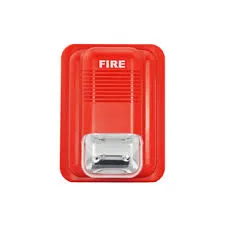
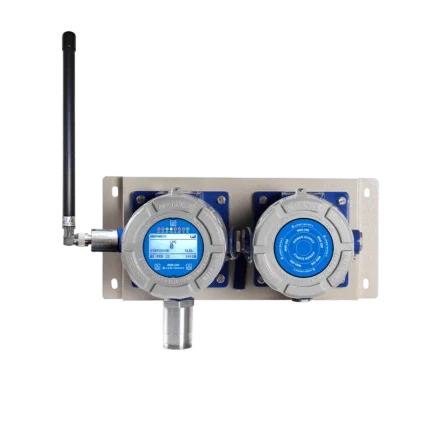
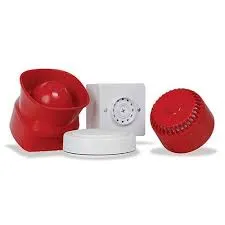



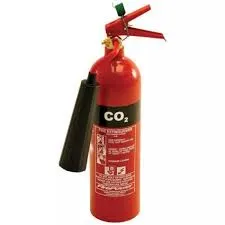
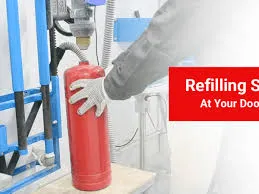

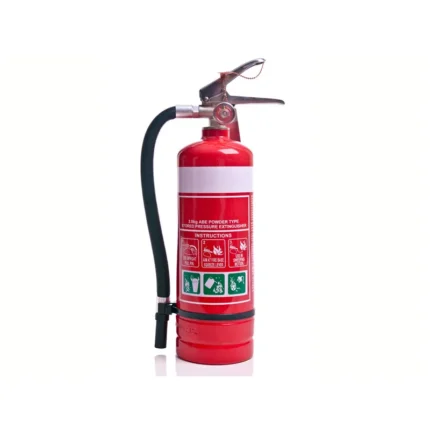

Reviews
Clear filtersThere are no reviews yet.